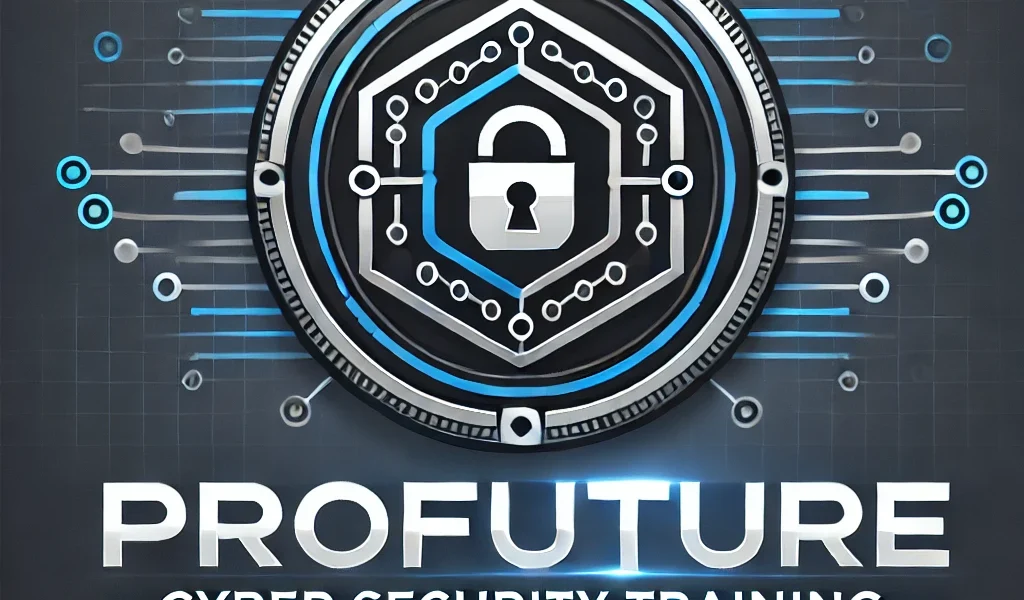Empowering Your Workforce: The Essential Guide to Cyber Security Training
In today’s digitally connected world, cyber threats are becoming more sophisticated and frequent. From phishing scams to data breaches, organizations face a growing number of risks that can severely impact their reputation, finances, and customer trust. While investing in advanced security technologies is essential, one of the most effective ways to combat cyber threats is by empowering your workforce through Cyber Security Training.
In this guide, we’ll explore why Cyber Security Training is essential, the key topics covered in training, and how to ensure that your employees are equipped to protect sensitive data and mitigate risks.
Why Cyber Security Training is Crucial
The majority of cyberattacks begin with human error. According to a report from Verizon, over 90% of data breaches are caused by social engineering tactics like phishing, which prey on the vulnerability of individuals. Cyber criminals target employees through deceptive emails, fake websites, or phone calls to steal sensitive data or install malware.
By providing your team with proper training, you reduce the likelihood of these attacks succeeding. Cyber Security Training equips employees with the knowledge and skills they need to recognize potential threats and respond effectively, ultimately reducing the risk of a data breach and enhancing the security posture of your entire organization.
Key Topics Covered in Cyber Security Training
A well-rounded Cyber Security Training program covers various topics to ensure that employees are fully prepared to deal with different types of threats. Here are some essential areas typically included:
- Phishing and Social Engineering Awareness
One of the most common methods used by cyber criminals is phishing. Employees will learn how to spot phishing emails, fake websites, and other social engineering tactics. This includes identifying suspicious links, unfamiliar email addresses, and misleading requests for sensitive information. - Password Management and Authentication
Weak or reused passwords are often the first line of attack for cybercriminals. Training covers the importance of strong passwords, the use of multi-factor authentication (MFA), and best practices for managing credentials, such as using password managers to securely store login information. - Safe Internet Browsing Practices
Employees are taught to recognize unsafe websites, avoid downloading malicious files, and understand the risks associated with browsing on unsecured networks. This also includes the use of VPNs for secure online communication. - Malware Prevention and Detection
Malware, including viruses, ransomware, and spyware, is another major threat to organizational security. Training focuses on recognizing signs of a malware infection and responding swiftly to minimize damage. - Data Protection and Encryption
Understanding how to securely handle sensitive data is vital. Employees learn about data encryption, secure file sharing, and best practices for protecting company information both online and offline. - Incident Response and Reporting
Knowing how to respond when an incident occurs is just as important as prevention. Employees are taught how to report security breaches, contain threats, and follow organizational protocols to minimize the impact of an attack.
Benefits of Cyber Security Training
Cyber Security Training offers numerous benefits that go beyond just protecting your organization from cyber threats:
- Enhanced Security Posture: When all employees are trained in cyber security best practices, the organization’s overall security improves, making it harder for cybercriminals to exploit vulnerabilities.
- Compliance with Regulations: Many industries require organizations to adhere to strict cybersecurity standards. Regular training ensures that your business stays compliant with regulations such as GDPR, HIPAA, and PCI DSS, helping you avoid costly fines and legal issues.
- Reduced Risk of Data Breaches: With employees who are aware of the latest cyber threats and know how to protect themselves, the likelihood of a breach caused by human error is drastically reduced.
- Improved Incident Response: Training ensures that employees understand how to recognize and report potential security incidents, enabling quicker and more effective responses in case of a breach.
- Stronger Trust and Reputation: Organizations that prioritize cybersecurity build trust with customers, partners, and stakeholders. Demonstrating a commitment to protecting data can give you a competitive edge and enhance your brand’s reputation.
How to Implement Effective Cyber Security Training
To make Cyber Security Training truly effective, organizations must tailor the content to the specific needs of their workforce and continuously update training materials. Here’s how you can get started:
- Assess Your Needs: Identify the key threats your organization faces and the areas where employees may need more knowledge or guidance. For example, employees in marketing may face different cyber risks than those in finance.
- Use Engaging Learning Formats: People retain information better when it’s presented in an engaging way. Use interactive modules, quizzes, video tutorials, and real-life examples to make the training more engaging and impactful.
- Regularly Update Training: Cyber threats are constantly evolving, so your training program should be regularly updated to include the latest trends, threats, and security protocols. This ensures that your workforce is always prepared.
- Create a Culture of Security: Make cybersecurity a part of your organization’s culture. Encourage employees to report potential threats and reinforce the importance of security at every level of the business.
- Measure Effectiveness: Regularly assess the effectiveness of the training by monitoring employee performance and conducting phishing simulation tests. Use feedback to improve the program continuously.
Conclusion
Cyber Security Training is not just a one-time event—it’s an ongoing process that plays a critical role in safeguarding your business from cyber threats. By empowering your workforce with the knowledge and tools they need to recognize risks and respond appropriately, you can significantly reduce the chance of a cyberattack and build a culture of security within your organization.

